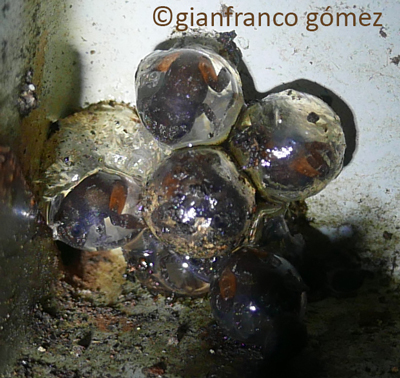|
 While
calling a male frog's throat sac becomes quite inflated. If a female is attracted into his
territory, he approaches her immediately calling repeatedly. He stops in front of her and lifts his legs up and down. She
responds by bumping his extended throat sac with her snout. The
male then bumps and touches the female. This ritual may be
repeated several times. While
calling a male frog's throat sac becomes quite inflated. If a female is attracted into his
territory, he approaches her immediately calling repeatedly. He stops in front of her and lifts his legs up and down. She
responds by bumping his extended throat sac with her snout. The
male then bumps and touches the female. This ritual may be
repeated several times.
Eventually, he leads her
back to a nest he has previously prepared. Nest sites are generally
a few centimeters to several meters off the ground and may be
located hidden in Bromeliads, leaf petioles, or under bark.
Once they reach the nest site, they join in axillary amplexus
and mate. Egg clutches may contain between 11 and 19 eggs. The
eggs go through direct development and fully formed frogs emerge 23
to 26 days after the eggs are laid.
The very next night, after mating, that little male will be out
calling again. If he attracts another female, they go through the
same process and he will lead her back to the same nest.
Scientists have found between three to seven egg clutches at Tink
Frog nests, all in different stages of development.
Embryos do go through tadpole
stage inside the egg, but they never have a free swimming aquatic
phase.
We found the Tink Frog nest pictured here on our property. The
tiny developing frogs can be seen inside the eggs!!
The nest had 2 egg clutches in different stages of development and
the male was tending the nest during the day. |
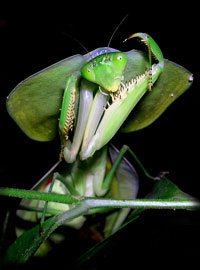


 Alien Earthlings
Alien Earthlings  The
Dark Side
The
Dark Side
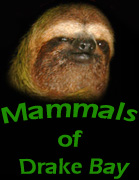




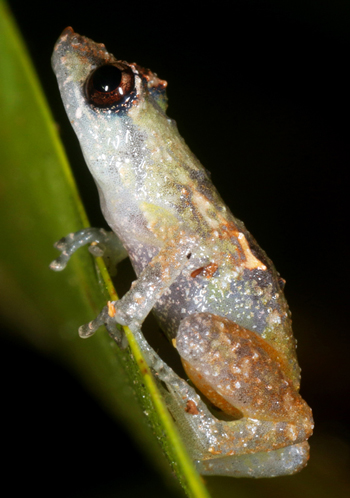 Despite
their small size, Tink Frogs liven up the jungle night with their
delicate chimes. Adult males, the ones that do all the singing, measure just over 20 millimeters at their largest. Females are a bit
larger and may measure up to 24 millimeters when fully grown. Still,
their call is one of the loudest night sounds you will hear during
the rainy season. During the dry season they are completely silent.
Despite
their small size, Tink Frogs liven up the jungle night with their
delicate chimes. Adult males, the ones that do all the singing, measure just over 20 millimeters at their largest. Females are a bit
larger and may measure up to 24 millimeters when fully grown. Still,
their call is one of the loudest night sounds you will hear during
the rainy season. During the dry season they are completely silent.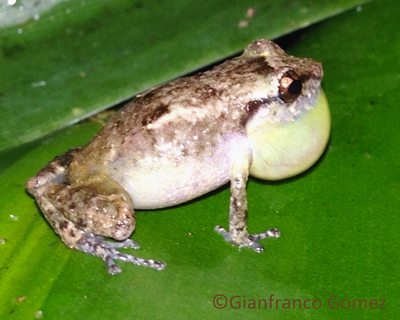
 While
calling a male frog's throat sac becomes quite inflated. If a female is attracted into his
territory, he approaches her immediately calling repeatedly. He stops in front of her and lifts his legs up and down. She
responds by bumping his extended throat sac with her snout. The
male then bumps and touches the female. This ritual may be
repeated several times.
While
calling a male frog's throat sac becomes quite inflated. If a female is attracted into his
territory, he approaches her immediately calling repeatedly. He stops in front of her and lifts his legs up and down. She
responds by bumping his extended throat sac with her snout. The
male then bumps and touches the female. This ritual may be
repeated several times.
